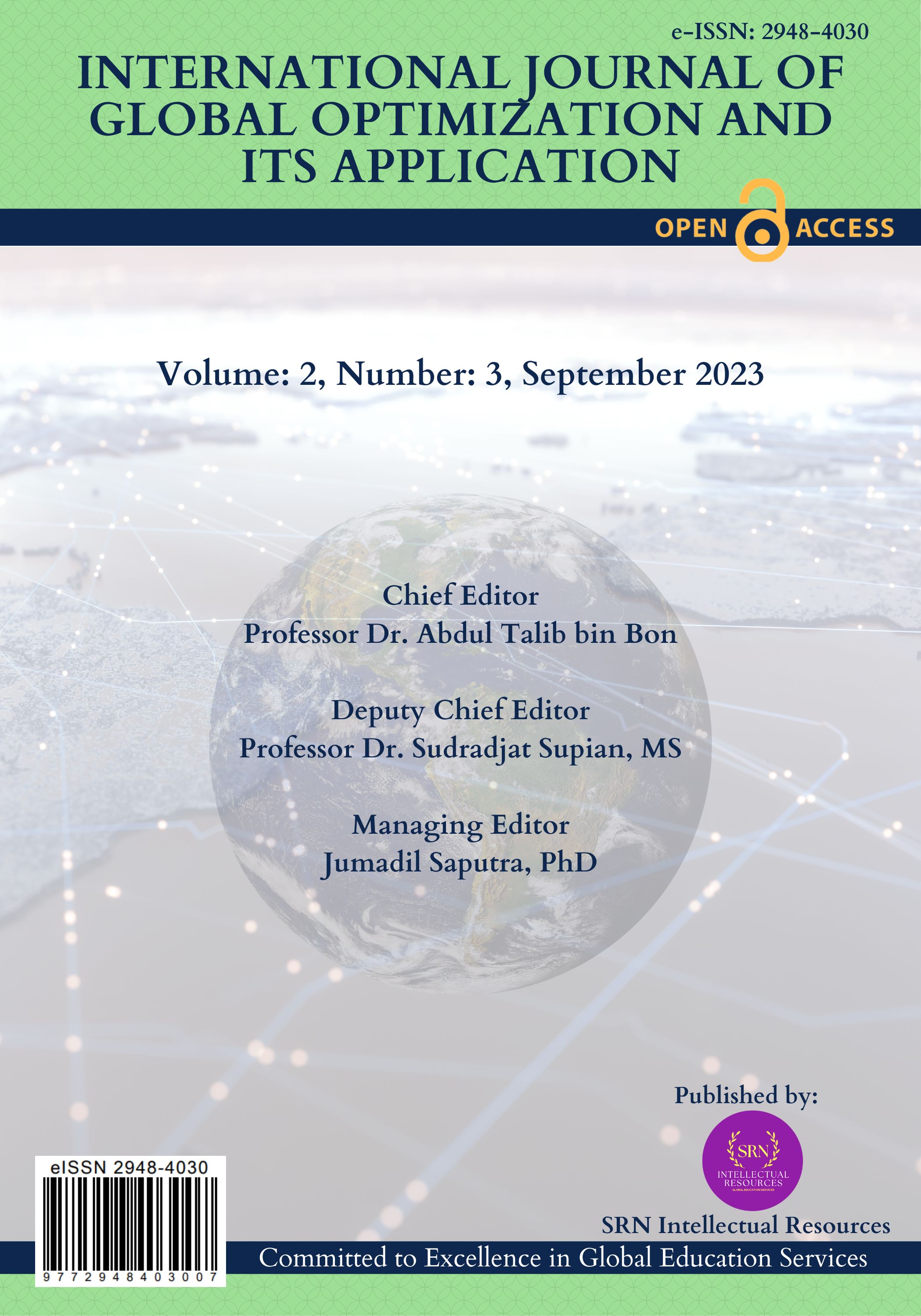Investigating the Image of Architecture Decoration of ShengJing Imperial Palace in LiaoNing Province, China
https://doi.org/10.56225/ijgoia.v2i3.256
Keywords:
ShengJing imperial palace, Royal architecture, Architectural decoration, ImageAbstract
Today, throughout antiquity, myriad ethnic collectives have inhabited Liaoning Province, China, significantly shaping the historical trajectory of the nation and fostering a multitude of esteemed architectural and cultural legacies. ShengJing Imperial Palace is in Shenyang, Liaoning Province, China. ShengJing Imperial Palace is a royal building built in the early Qing Dynasty 500 years ago. The information value shown by its architectural decoration needs to be further developed. This paper takes architectural decoration images as the research content. It uses the methodology of practical aesthetics, conducts field research on ShengJing Imperial Palace, and analyzes the three elements of visual impact form, political decoration, and national practice to obtain a single evident, idealized local decoration image characteristics. In conclusion, the visual layout of the rational representation of the Shengjing Palace building decoration is clear and distinct, and the visual feeling of the subject is strong and full of impact. These characteristics can be summarized as strong qualitative architectural decoration image characteristics. Under the Qing rulers' politically strict ideology, the image experience category of architectural decoration showed ethical characteristics. This study can be a reference for adapting traditional architectural decoration to modern design.
Downloads
References
Degen, M., Melhuish, C., & Rose, G. (2017). Producing place atmospheres digitally: Architecture, digital visualisation practices and the experience economy. Journal of Consumer Culture, 17(1), 3–24.
Fu, C., Cao, W., Fu, C., & Cao, W. (2019). Transformation of Chinese cities in the early qing dynasty. Introduction to the Urban History of China, 305–347.
Guangquan, J. (2002). Chinese ancient architecture garden technology. China Construction Industry Press.
Keswick, M. (2003). The Chinese garden: History, art, and architecture. Harvard University Press.
Lee, J. (2020). Promoting majority culture and excluding external ethnic influences: China's strategy for the UNESCO' intangible'cultural heritage list. Social Identities, 26(1), 61–76.
Pallasmaa, J. (2011). The embodied image: Imagination and imagery in architecture. John Wiley & Sons.
Sepe, A. (2011). Back to the Roots: The Imperial City of Shenyang as a Symbol of the Manchu Ethnic Identity of the Qing Dynasty. Ming Qing Yanjiu, 16(01), 129–176.
Sofield, T. H. B., & Li, F. M. S. (1998). Tourism development and cultural policies in China. Annals of Tourism Research, 25(2), 362–392.
Wang, D. (2016). A philosophy of Chinese architecture: Past, present, future. Taylor & Francis.
Wang, Z. (2022). Research on Order Aesthetics of Traditional Chinese Architecture from the Perspective of Design Geometry. Frontiers in Art Research, 4(11), 49–54. https://doi.org/10.25236/FAR.2022.041111
Weihe, Z. (2019). Manchu ethnic groups. Liaoning Science and Technology Publishing House.
Xiaofeng, F. (2005). The dragon culture research of Qing imperial mausoleum. In A collection of architectural histories (pp. 67–68).
Youbin, H. (2009). Chinese architectural aesthetics. Construction Industry Press.
Zhu, Y. (2015). Cultural effects of authenticity: Contested heritage practices in China. International Journal of Heritage Studies, 21(6), 594–608.
Downloads
Published
How to Cite
Issue
Section
License
Copyright (c) 2023 Authors

This work is licensed under a Creative Commons Attribution 4.0 International License.


























